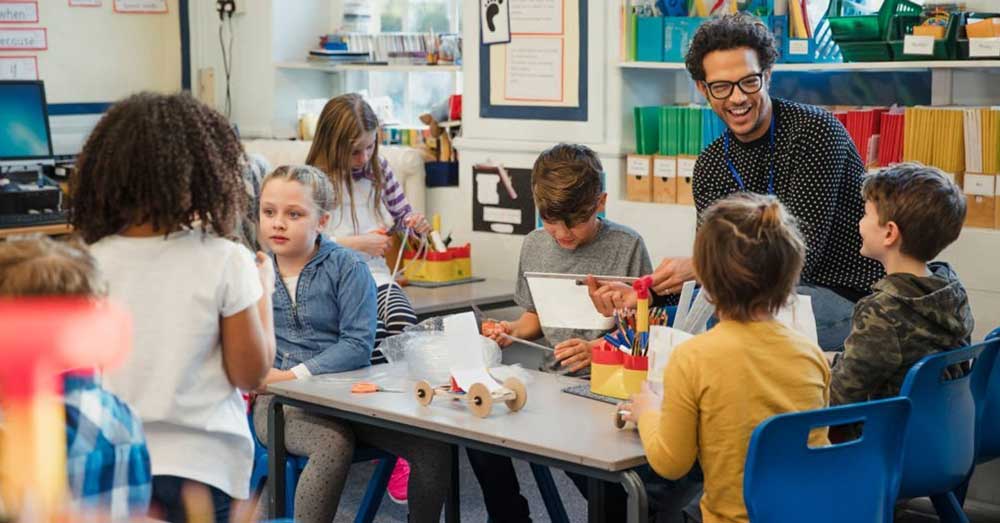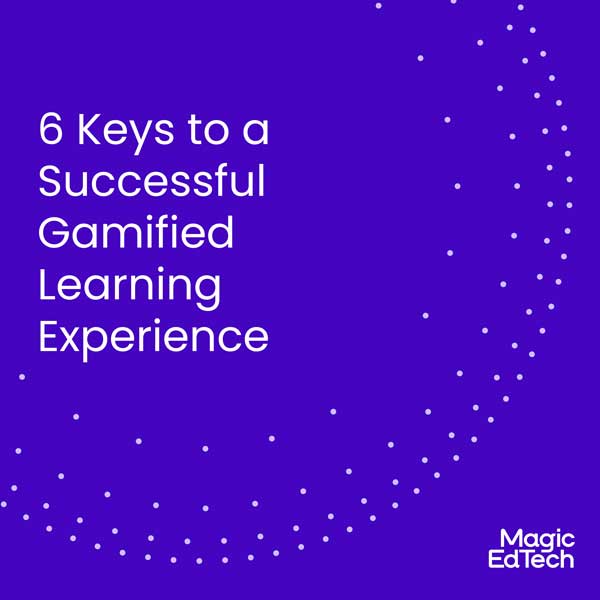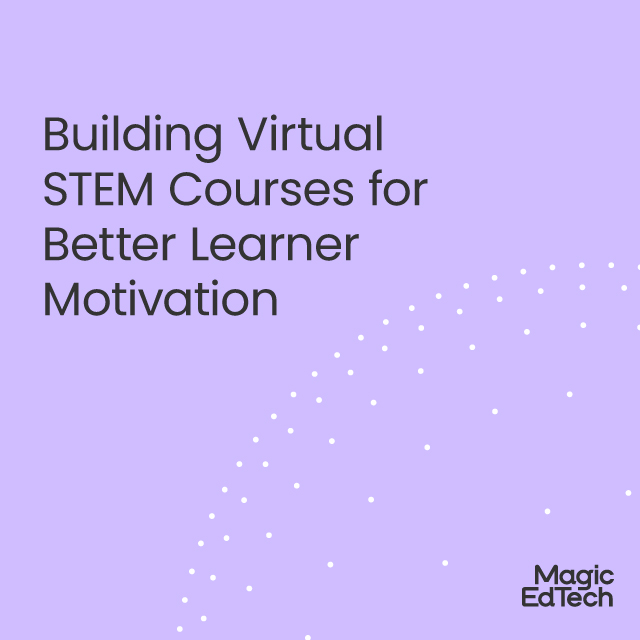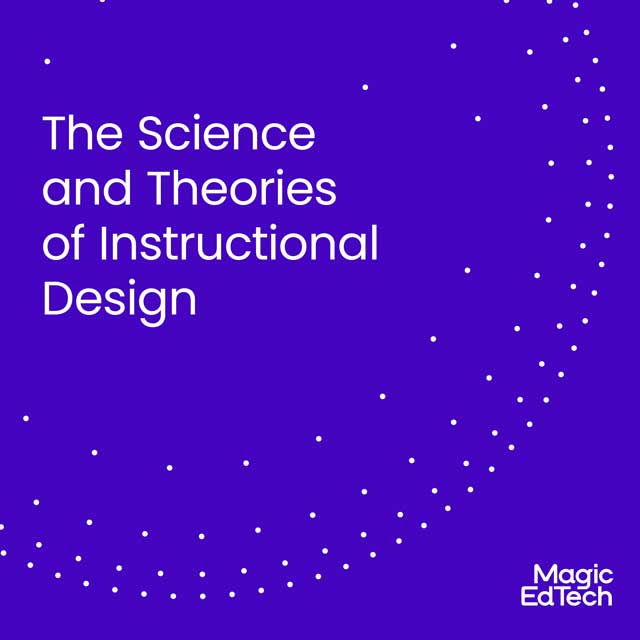Ensuring Efficacy Through Learning Design
- 15 September, 2022
- Reading Time: 5 minutes
Instructional Design Versus Learning Design
Very often, the terms Instructional Design and Learning Design are used interchangeably. However, there is a clear distinction between the two. While instructional design focuses on “how and what the instructor should teach,” learning design focuses on “how and what the learner should learn.”
What are Learning Design Frameworks?
Implementing a learning design framework can help you support a more learner-centric approach. Instructors and designers can use frameworks to make pedagogically-informed decisions for designing activities and interventions using the right resources and technologies.
Below are the parameters that help in the decision-making process:
- Course content, its structure, and the duration
- Pedagogical strategies
- The sequence of learning activities,
- The type and frequency of assessments within the course, and
- The technology used to support learning.

How to use learning design for better learner outcomes:
1. Begin by setting measurable learning goals
Evaluate the learning need and offer effective solutions accordingly. A well-chalked-out plan to define goals aids in setting the right pedagogical progression and ensures an ascending learning graph.
For example, if the course is meant to be a refresher, cut down on additional examples and references and focus primarily on the concepts and the learning objectives. Reduce the text and add graphical aids like charts, graphs, and infographics to speed up learning.
In our experience, the use of infographics serves as a brilliant remediation tool. It works great for learners that learn at a slower pace. Visual aids also work well for those learning in a second language. These tactics improve conceptual understanding and learners retain information for longer spells.
2. Be innovative in your learning design
Stay creative and open to newer learning formats while framing course design. It’s one of the best ways to ensure your learning design stays effective and on trend.
Run frequent discovery sessions to constantly engage with the product. Blending learning and technology paves the way for a sustainable and scalable delivery model. It expands the solution and creates a rich repertoire to achieve learning efficacy. Discovery sessions help iron out initial problems and deliver a successful innovative delivery model that ensures maximum learning efficacy.
We recently tried a relatively newer way to incorporate this technique while introducing a difficult concept to learners. The learning design was articulated to include audio-video lessons that would explain the topic further. The audio-video capsules aided the instructor by serving as micro lessons. But this wasn’t enough as we then needed to test the efficacy of this method. The results were apparent in the post-course assessments that the learners took. The AV modules made the content engaging and ensured learner retention throughout the program.
3. Develop a deeper understanding of your learner personas
Learning design is only effective if it positions learners for success. Develop your design only after a thorough analysis of the learner group. Map out their knowledge, skills, attitudes, and trends to craft an agile product development approach.
The best learning design addresses the evolving goals, influences, and pain points of the target group. A deep understanding of the end-users lets you be more creative in your approach. It will guide instructional designers on how and where to weave in additional supporting elements such as immersive learning modules. For certain learner groups, technology-enabled solutions like AR/VR, simulations, and gamified environments work wonders, whereas for some, it may not be the best fit. Knowing your target audience can empower you to make better learning format and design decisions with confidence.
4. Work on your content offerings
To address the content requirements of the course, the best way to start is by knowing the expectations of the service providers. Do make a judicious choice while picking and repurposing the existing content. Remember to add visuals and make it an interactive experience. Read up on and use the best practices and strategies in the relevant industry. The use of immersive experiences such as gamified environments further hooks learners and improves retention and course completion.
Other than all of this, make sure that you’ve paid due attention and consideration to the assessments and evaluation tools. These tools give an opportunity to the learners to reflect upon what they’ve learned during the course and enable them to check their understanding. An effective remediation plan should also be stitched to help the slow learners and this should be tied into the feedback for each assessment.
Optimizing the learning experience and delivery mechanism

With all this in place, the next leap should be to envision the learning experience. Learning experience design is a strategic process that continuously enables the learner to actually achieve the learning goals set for them. It aids in acquiring new skills and helps in honing the existing ones.
No learning design is complete without the right service delivery platform. This model should integrate the technology and the resources. Both technology and resources should be agile and dynamic to meet the varying learning needs of the learners. It must ensure that the knowledge is absorbed and reflected upon as per the planned learning outcomes. This experience can be enhanced with automation and the use of predictive AI that engulfs standardized building blocks, tools, and processes to make it easier to drive value faster and make the solution scalable.
A well-thought-through learning architecture is a parameter that ensures learning efficacy by keeping the user engaged from the beginning to the end and beyond.





